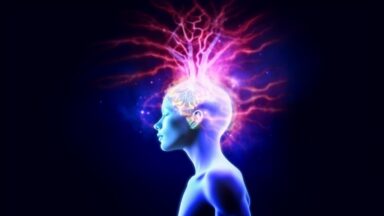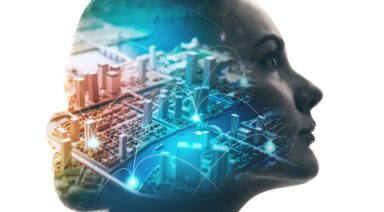Scientists Used Quantum Computing to Simulate Artificial Life

A group of scientists just modeled life using quantum computing in order to answer questions about how our existence supposedly came about from inert subatomic particles and basic organic molecules.
Their success, which some compared to “playing Sims on a whole new level of physics,” leads one to question whether we’re getting closer to proving the simulation hypothesis – by creating our own artificial simulations of life, will we find we’re living in a complex simulation ourselves?
Their quantum model of artificial life proved successful at a basic level, encouraging the team to continue their study with more variables in the future.
Using an IBM QX4 quantum computer, the team coded units of artificial life with qubits – the quantum bits that can exist as both 1s and 0s simultaneously in an entangled state. One qubit represented a living organism’s genotype, the genetic code for a certain trait, and another qubit represented phenotype, the physical expression of a certain trait. They then added random changes in the rotation of the quantum state of these qubits to simulate genetic mutation.
Those particles were then automated to reproduce, mutate, evolve, and die, in order to simulate life and evolution.
“The goal of the proposed model is to reproduce the characteristic processes of Darwinian evolution, adapted to the language of quantum algorithms and quantum computing,” said the researchers’ paper published in the journal Nature Scientific Reports.
The results were interesting in that a quantum explanation for explaining the mechanism behind evolution matched many theoretical predictions, corroborating ideas proposed by quantum theory’s forefathers, i.e. Schrödinger, Pauli, and Von Neumann.
But while their goal was to artificially simulate life from the most basic particles first thought to exist in a “primordial soup,” the experiment remained far from answering the deeper existential questions about our existence, including what brought those particles and molecules into existence in the first place. Or how the interaction between these particles led us to become highly sentient life forms.
Quantum computing is advancing quickly, however the technology hasn’t quite developed to a practical level where it can be implemented effectively. Quantum computer processors are highly volatile requiring a sensitive atmosphere, high-powered lasers, and extreme temperatures to maintain stability. Variables as simple as loud noises can upset quantum states, causing particles to decohere.
So far, Google says it has achieved 72-bit processing with a quantum chip, though developing a processor to achieve “quantum supremacy” – a quantum computer able to outperform the world’s fastest binary computer – has yet to be achieved in a consistent manner.
For more on the nature of quantum physics and consciousness, watch this episode of Inspirations with New York Time Bestselling author Eben Alexander:
Scientists Propose Idea of Planetary Intelligence

Can planets possess their own intelligence? That’s what University of Rochester astrophysicist Adam Frank and his colleagues, have proposed in a paper published in the International Journal of Astrobiology.
They pulled ideas from the Gaia Hypothesis — that all living organisms on Earth interact with inorganic organisms to regulate the conditions necessary for life, making the planet a self-regulating organism.
They looked at how, “[T]he appearance of technological intelligence may represent a kind of planetary-scale transition, and thus might be seen not as something which happens on a planet but to a planet”
They argue that to understand the evolution of life, we must study the planet as a whole instead of individual species. Their definition of planetary intelligence is “the acquisition and application of collective knowledge, operating at a planetary scale, which is integrated into the function of coupled planetary systems.”
Consider photosynthesis: for the first two billion years, Earth’s atmosphere was mainly molecular nitrogen, carbon dioxide, and some oxygen. The evolution of photosynthesis by bacteria lead to the “great oxygenation event” about two and a half billion years ago.




































